neuroma
Displaying items by tag: neuroma
Dr Brandon Nelson, A Board Certified Physician & Surgeon, Discusses How to Get Rid of Neuroma Pain Without Surgery
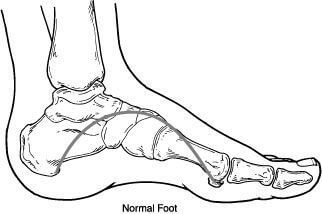
Neuromas are a benign proliferation of a nerve in the forefoot. There are many different theories on why this happens. Most doctors believe it is a compression of the nerve that causes the pain. The pain is often described as a sharp shooting electrical type of pain. This usually occurs between the 3rd and 4th digits in the foot. Neuromas are more common in women than men and usually occur between the 4 and 6th decade of life.
Neuromas treatments can vary from injections to wider shoes to surgical resection of the nerve. One of the most effective techniques for resolving neuroma pain is alcohol injections. This is where a physician injects dehydrated alcohol that helps to deaden the covering around the nerve. I have been utilizing this type of therapy for over 15 years. It continues to be the most effective treatment for neuromas I have seen. The success rate is close to 90%. This is a great option for long term relief of neuroma pain
Patients that fail alcohol injection therapy usually require surgical resection of the nerve. This involves a small incision on the top or bottom of the foot and dissection to the nerve which is then removed. This nerve that is removed is a sensory nerve so there is no loss of function but usually a small patch of numbness.
If you have been suffering from neuroma pain make an appointment today and I can help. Give us a call at 425-391-8666 or make an appointment online today.
Sincerely,
Dr. Brandon Nelson, A Board Certified Physician & Surgeon, Discusses Neuroma Pain

Pain in the forefoot can range from tingling and burning to a dull ache or throb. The majority of forefoot pain can be broken down into nerve pain ie a neuroma or mechanical pain ie capsulitis. Both can cause similar type symptoms and differentiating between the two can be difficult.
Capsulitis is the most common forefoot type of pain. It is basically an overloading of the metatarsal phalangeal joints. Most patients will experience a combination of burning and aching. There are many causes of forefoot capsulitis or overloading. This can be from tight muscle groups or abnormal anatomy. The majority of patients will find conservative therapies successful and will completely recover.
Neuromas usually occur in a specific anatomical location, the 3rd interspace. This pain is almost exclusively a burning or tingling. It is almost always worse with shoes and primarily affects females. Neuromas occur from irritation to the nerve that is mechanical or anatomical in nature. Again the conservative success rate for this is high.
If you are experiencing burning or tingling in the foot I can help. I have an exceptional protocol for both capsulitis and neuritis. If you have foot pain, call today.
Sincerely,
Dr. Timothy Young, a Board-Certified Foot Surgeon, Discusses Neuroma Treatments
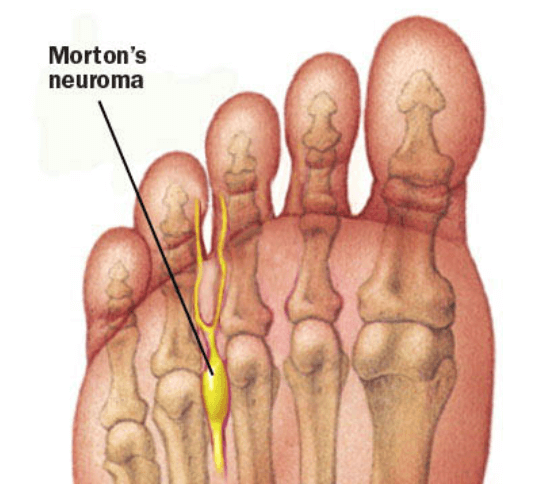
Dr. Timothy Young, a board-certified foot surgeon, discusses neuroma treatments:
Our Doctors have been using Alcohol injections for Morton's Neuroma for over 10 years with excellent success. Most patients have between 6 - 8 injections at weekly intervals. Occasionally a "mini-series" will be done after 12 months. For most patients, there is minimal discomfort after the injections and there is progressive relief from the Neuroma symptoms.
We typically use between 20-30% dehydrated alcohol. Ultrasound guidance is critical for correct injection technique. Most frequently we treat the 3rd intermetatarsal space, and runner up is the 2nd intermetatarsal space. This provides an excellent alternative to surgical treatment, and we also treat stump neuroma problems (where there is reoccurrence of the neuroma symptoms after prior foot surgery).
If you are experiencing foot or ankle pain, give us a call today at 425-391-8666 or make an appointment online.
Dr Brandon Nelson, A Board Certified Surgeon, Discusses the Most Successful Non-Surgical Neuroma Treatment

Neuromas usually present as forefoot pain that is common in woman between the ages of 40-60. Most patients describe a burning or tingling that is worse in shoes. This is most common between the 3rd and 4th toes but can also be present between the 2nd and 3rd. This is primarily do to the anatomical design of the foot and the coming together of nerves in that location.
There are many different treatment options for neuromas and to date one is the most successful. Treatments options can range from toe spacers to injections and physical therapy. The most successful seem to be injection therapies and offloading of the nerve. A well-made prescription orthotic can be extremely helpful for active patients.
Injection therapy is the mainstay of neuroma treatments. Currently the most successful by far is alcohol injections. Alcohol injections work via osmosis by dehydrating the nerve. Our nerves are primarily composed of water and if alcohol is injected adjacent to the nerve over time the nerve will shrink. The nerves that are involved with neuroma formation are sensory nerves. This means these nerves provide pain input and do not contribute to any movement of the toes. The most promising part of alcohol injections is the success rate. The literate states these injections are 89% successful. This is a great option for anybody not wanting surgery.
I have been utilizing alcohol injection therapy for more than 10 years. I can tell you it is highly successful but user dependent. What I mean by that is you need to have a physician that is doing a lot of these to get the best result. I also advise do not have a physician inject without the use of an ultrasound. An ultrasound is key to the successful outcome. Ultrasound helps to identify the nerve and then one can watch the needle placement and the injection will be highly successful. Again I cannot stress that enough, find a physician with an ultrasound so you have the best possible outcome!
Give us a call at 425-391-8666 or make an appointment online today.
Dr. Brandon Nelson, A Board Certified Physician, Discusses Toe Pain And Plantar Plate Injuries
Toe pain, especially of the 2nd, 3rd and 4th toe can be quite common and have a few different sources of pain. The 2nd toe often has pain associated with a bunion or instability of the inside of the foot. A lot of patients have a foot structure that can overload the 2nd toe and cause mechanical pressures that eventually fatigue the joint. The 3rd and 4th toe are more likely to have an entrapped nerve. The anatomy in this location causes a compression issue where the nerve exists and can create problems for patients.
The 2nd toe or 2nd metatarsal phalangeal joint has a thickening called a plantar plate. This thickening acts like a cushion and helps protect the toe and joint when walking. If your foot structure places too much pressure on this joint, you can tear the plantar plate. One will often see the toe start to drift towards the 1st or inside of the foot. The pain is often like a neuroma, burning, tingling, and swelling. Often patients will require an MRI to confirm the tear. Once the tear is confirmed the plantar plate usually requires surgical repair. There are two methods one from the top of the toe and the other from the bottom. I often will decide which is appropriate for the patient based on any other foot pathology that may need to be addressed, like a bunion.
The 3rd and 4th MTPJ or 3rd interspace, the area between the 3rd and 4th toes is common spot for a Morton’s neuroma. The foot has two large nerves on the bottom the lateral and medial plantar nerves. These two nerves come together in the 3rd interspace and are often compressed between the metatarsal bones. This squeezing affect can result in burning to these two digits. A neuroma can be treated very effectively with alcohol injections. The alcohol injection series is 89% successful in eliminating nerve pain.
If you are suffering from burning, tingling, or swelling in your foot we can help. Give us a call at 425-391-8666 or make an appointment online.
Dr. Brandon Nelson, A Board Certified Physician, Discusses Painful Neuromas and Burning and Tingling in the Toes
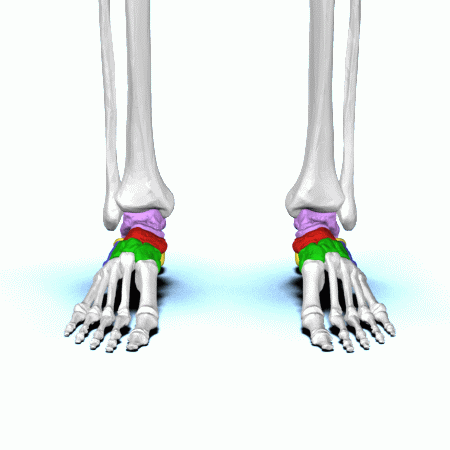
Burning and tingling in the toes or even electrical shooting type pains can often be the result of nerve injury. Nerve pain or injury often produces a shooting style pain and can be quite painful. Often it is worse with shoe gear, especially tight-fitting shoes, standing or activities. There does not need to be any previous trauma to get nerve pain in can be causally related to anatomical issues or even genetic.
The most common cause of nerve pain in the foot is a neuroma or a nerve entrapment like tarsal tunnel syndrome. Neuromas typically cause shooting pain to the 3rd and 4th digit of the feet and are more common in woman than men. Tarsal tunnel syndrome is usually located around the ankle and causes electrical pain around the inside of the ankle. Patients with tarsal tunnel often have a history of carpal tunnel in the wrist.
It is important to get an accurate diagnosis of a neuroma or tarsal tunnel. The best place to start is an x-ray. However, some patients will require a MRI or Nerve conduction studies to further support the diagnosis.
Treatment is centered around the cause. It can be useful to remove pressure and decrease inflammation around the nerve. If you are experiencing nerve pain we can help. Give us a call at 425-391-8666 or make an appointment online.
Dr. Brandon Nelson Discusses Ball of Foot Pain, Neuromas and Capsulitis
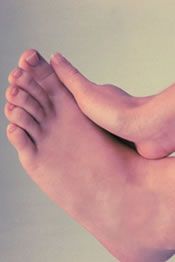
It is very common for our clinic to see patients that present with pain in the front of their foot. Often times patients have been dealing with this condition for months. Most patients will describe a burning or a feeling of walking on a bubble or that their sock feels balled up. There is usually no underlying injury and many patients will have a bunion with this foot type as well. The two most common diagnosis that encapsulate forefoot pain are 1. Capsulitis and 2. Neuromas.
Capsulitis refers to a general inflammation of a joint or a joint capsule. All joints are defined by where two bones come together, that share a common joint capsule with fluid inside and both bone ends are covered with cartilage. This joint capsule, fluid and cartilage allow gliding or motion to occur. Whether the joint is being overloaded or stressed can cause irritation, swelling, pain and sometimes stiffness. The most common spot for this to occur in the lower extremity is the second metatarsal phalangeal joint. This can be quite painful and make walking and exercise difficult. Most patients with this condition have an underlying unstable foot that causes the joint to be overloaded. It is important to see your foot and ankle doctor as this condition can lead to dislocation of the toe and chronic pain.
Neuromas are an irritation of the digital nerves of the foot. Most commonly patients describe a burning or lump in the front of the foot. This pain is often worse in shoes. The neuroma is usually between the 3rd and 4th toes and more often in females than males. We do not often see an underlying condition that causes neuromas. This is usually the result of ones anatomy and not related to the overall structure of the foot. Your foot and ankle doctor can typically diagnosis this with a physical exam and an x-ray or ultrasound.
If you are suffering from ball of foot pain, capsulitis or neuromas we can help. We combine the most advanced treatment options available with recent literature and have seen great relief from conservative measures. Do not continue to suffer call us today and we can help.
Give us a call today at 425-391-8666 or make an appointment online.
Dr. Brandon Nelson Discusses Options to Consider Before Having Your Neuroma Removed
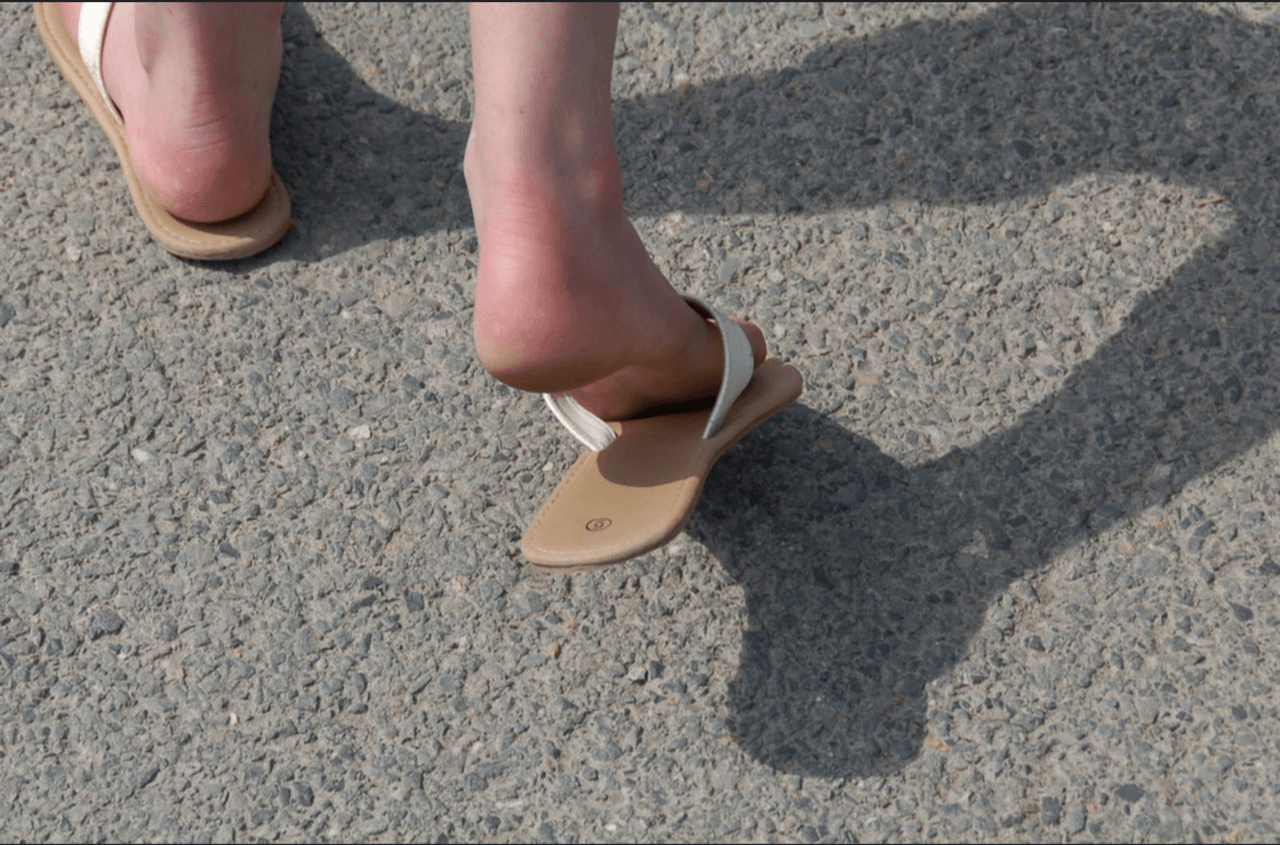
Neuromas or Morton’s neuromas can cause a lot of pain especially in people who partake in physical activities. Often times patients present with burning or tingling in the foot. The pain can subside with massage or taking off the shoe. Patients often relate numbness or tingling to the third and fourth digits and have done online research about Morton’s neuromas. The third interspace is by far the most common spot to get a Morton’s neuroma because the medial and lateral plantar nerves come together in this location.
Patients often have tried cortisone injections or other conservative modalities and then often times consider surgical removal. I always recommend an additional consultation for having a Morton’s neuroma removed because alcohol therapy can be so successful. At our clinic we use an ultrasound-guided alcohol injection therapy and often times see about a 90% resolution of symptoms. If you’re considering having your neuroma removed surgically please see us prior to doing this to see if you are a candidate for this therapy.
Give us a call today at 425-391-866 or make an appointment online today.



